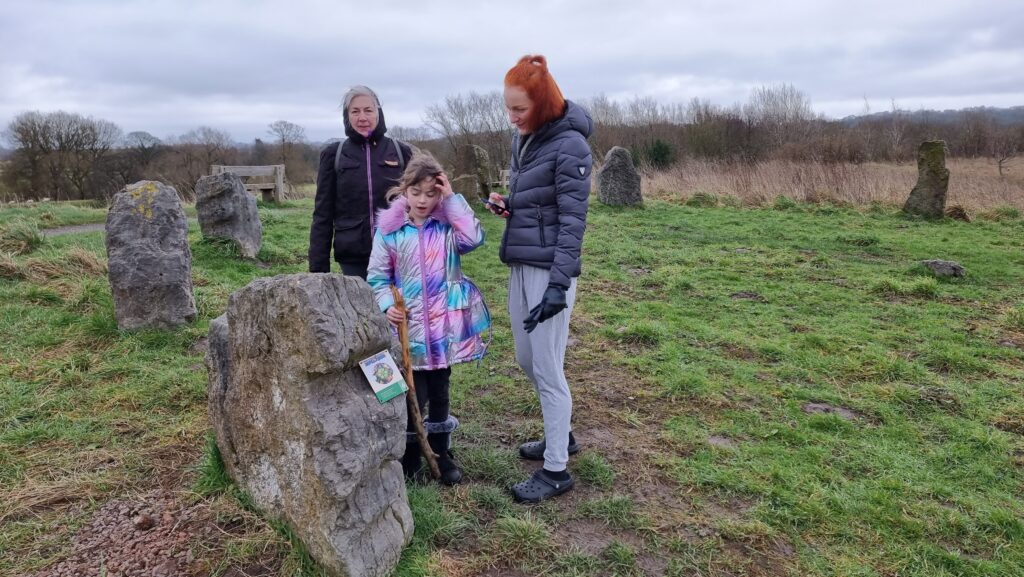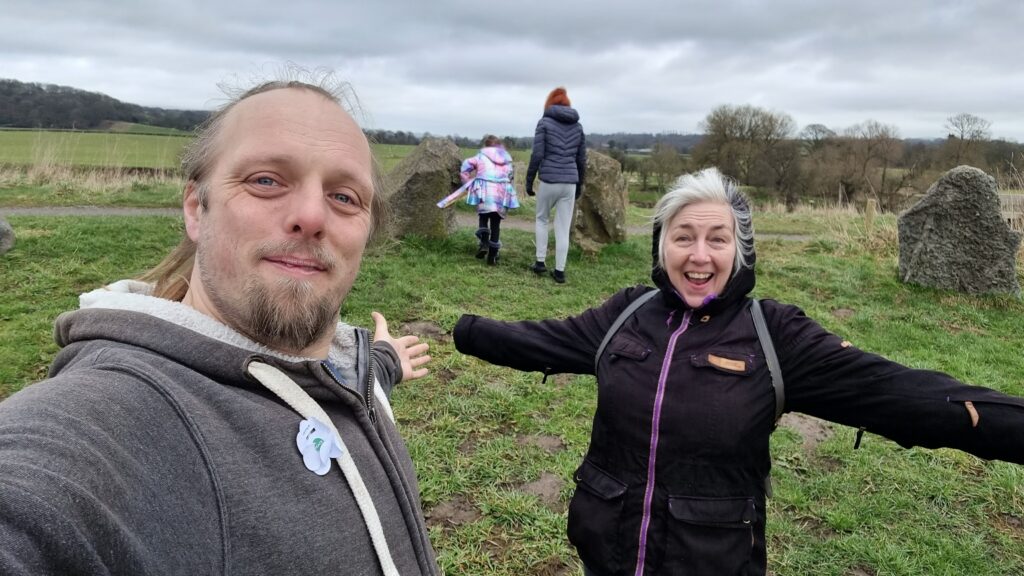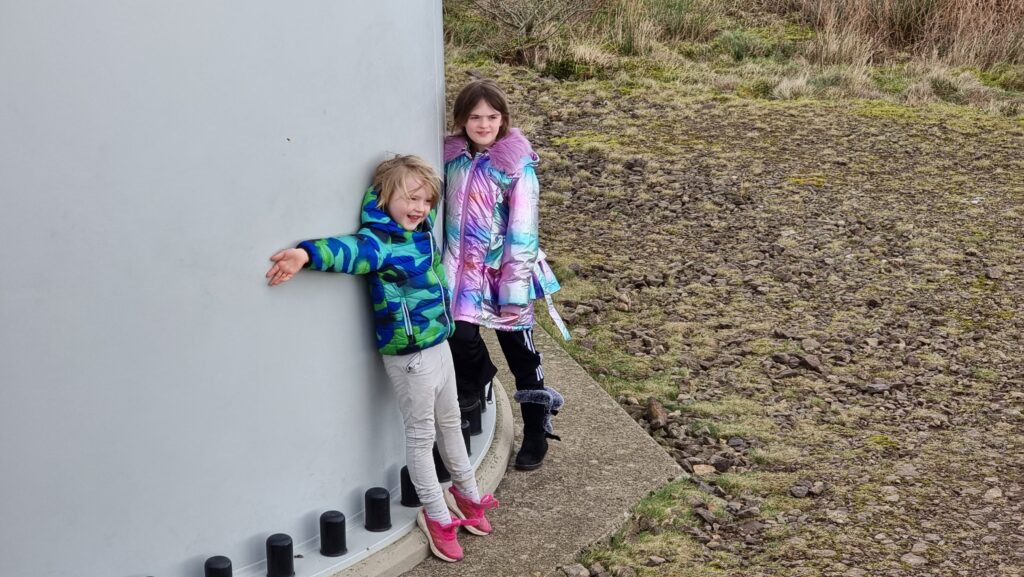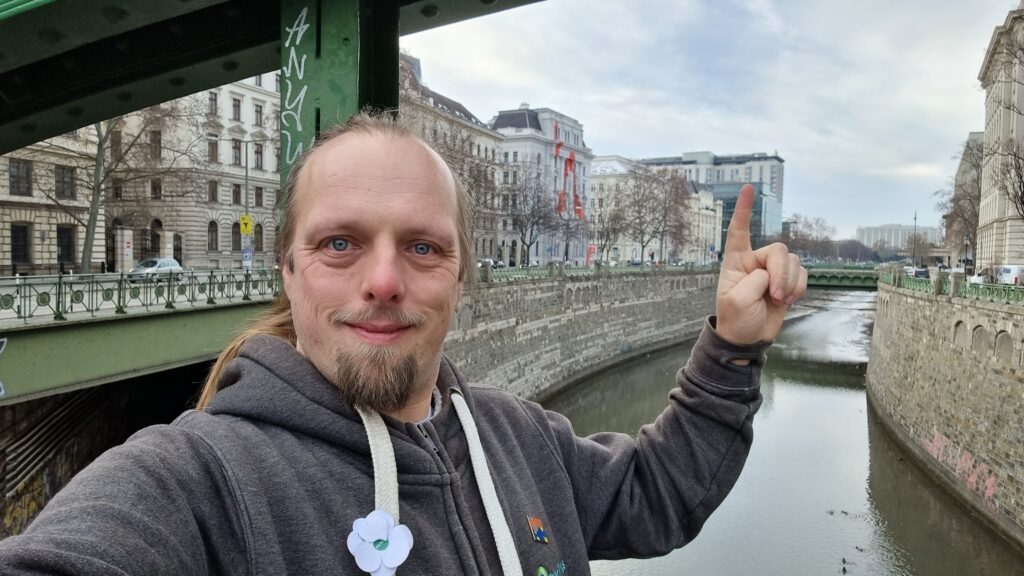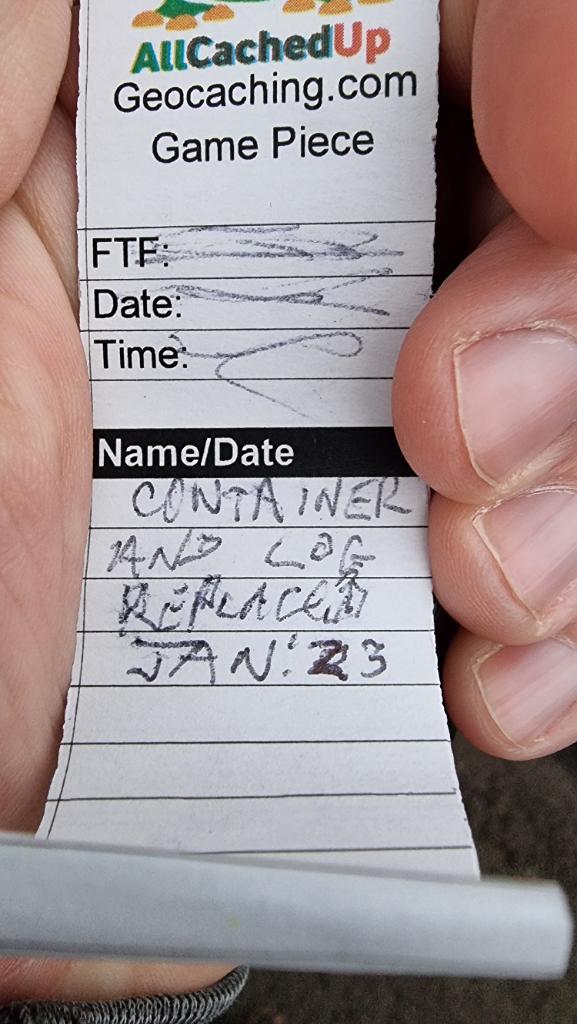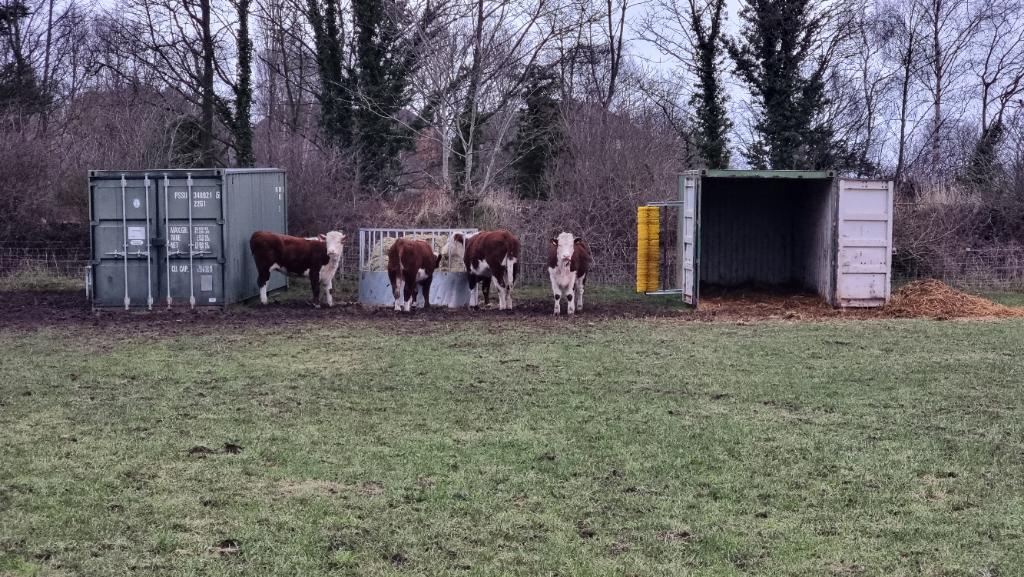This checkin to GC8A40R Brockholes Stone Circle reflects a geocaching.com log entry. See more of Dan's cache logs.
Found with the elder geokid plus my mother and sister while on a layover in Preston to break up our journey from Aviemore to Oxford. We’re getting to visit quite a few some circles this half term, both old and new plus some old-but-restored, many of which have earthcache or virtual caches!
Thanks for the geology lessons and the interesting location. Answers sent already, FP awarded, TFTC.
